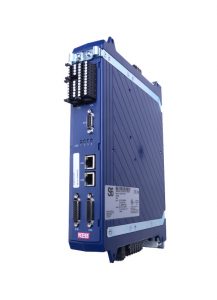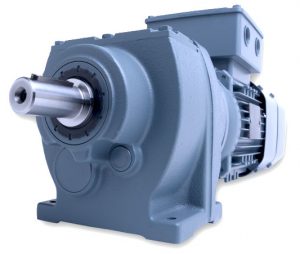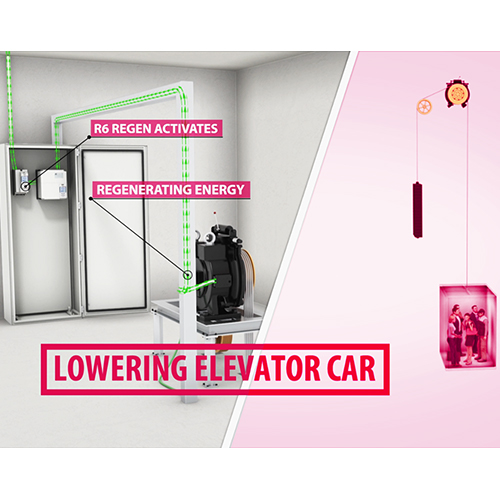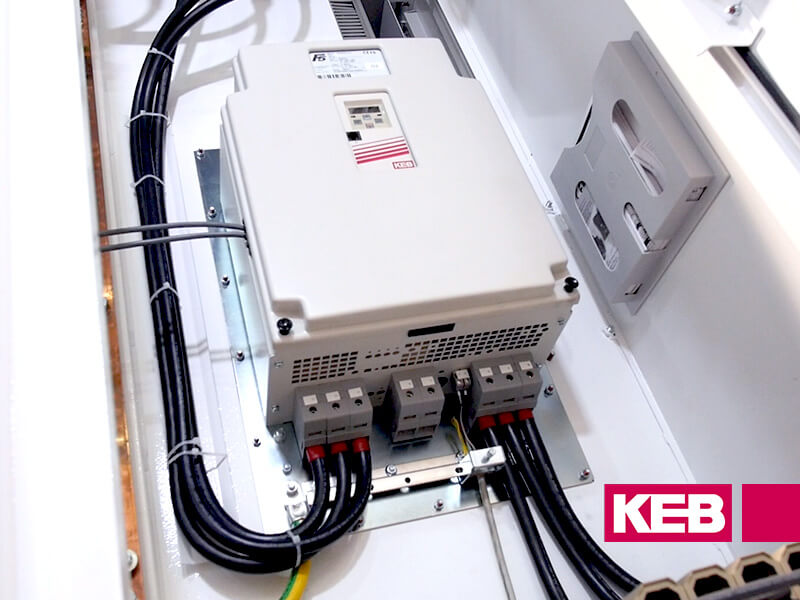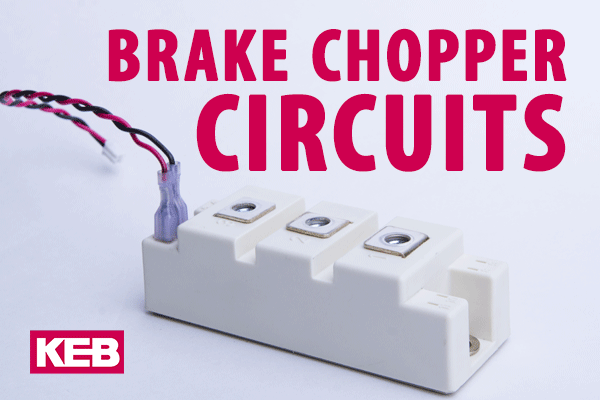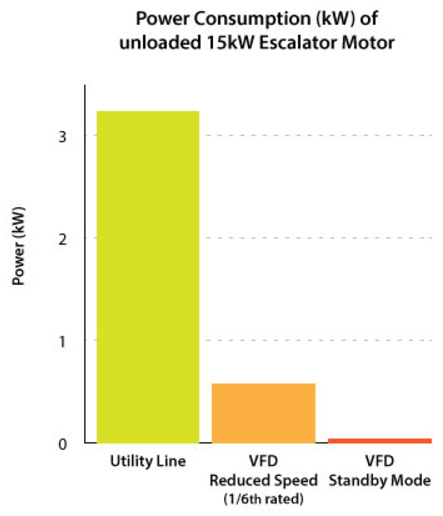In the January issue of Control Design, a reader asks:
I am having a hard time understanding which motor applications would benefit from use of a VSD. I think fans and pumps would definitely benefit, but I’m not sure how to make that decision. How do I know if adding a VSD to a fan, conveyor, agitator, mixer or rock crusher has efficiency benefits? How is the decision made? Does size matter? … How do I tie all the motors and drives together for better control?
Several control and automation professionals weighed in with their thoughts, including applications engineer Scott from KEB America. Here are his thoughts on the reader’s questions.
3 steps to efficiency and payback
Blindly adding a VSD will not automatically increase the efficiency of an axis (drivetrain + motor + VSD). VSDs have power losses and could worsen the overall system efficiency. Determining efficiency increases and fastest payback rates can be summarized by the following generalized process.
1. Does the application run at the motor’s “full speed” and seldom start and stop? If the answer is yes, then adding a VSD will hurt system efficiency and simply add losses (VSD losses and motor PWM heating). Replacing the motor with a higher efficiency version is the best option. Determine if the motor should be replaced now or later based on current age of the motor, new motor cost and energy savings payback rate. Fans and pumps typically fall under this category.
2. Does the application run at the motor’s “full speed” but also starts and stops often? If the answer is yes, then a VSD can reduce motor starting currents. The bigger the motor, the more reduction in current spikes (line start currents are typically six times motor rated current). The payback rate is determined by how often the motor starts and stops and how large the motor is. You can also replace the motor with a higher efficiency version, but check with the VSD manufacturer. High-efficiency motors may require an upsized drive due to the low winding impedance.
3. Would the application be better suited running slower or faster than motor line speed? If the answer is yes, then you will need a VSD, or perhaps a gearbox change, but be aware changing the speed of the axis can affect required torque and power. For example, saws that run slower have dramatically higher torque. Increasing fan speed increases motor load quadratically and can be mechanically dangerous.
If you are converting a whole line to variable speed and it can mechanically handle it, there are typically two control schemes: velocity-follower and electronic gearing.
Velocity-follower systems can be thought of as open loop controls running at 50% or 70% speed. If an axis that is commanded to run 70% speed can run at 68% or 71% without issue, then this type of control can be used. In the olden days, the master axis would have an analog output that was wired to the analog input of the next axis. More modern systems can use a fieldbus control and send digital commands to each drive.
Electronic gearing is required for applications that have some type of registration—closed loop, shaft lock. These are closed-loop systems that can maintain shaft angle relationships as if there was a mechanical line shaft running the whole machine. It is easiest to control these systems with a realtime fieldbus like EtherCAT where each axis can receive the master axis position over the bus instead of running encoder cables between each drive.
Portions of this article were originally published in Control Design magazine, January 2018 issue.
Please visit ControlDesign.com for more information.
Let's Work Together
Connect with us today to learn more about our industrial automation solutions—and how to commission them for your application.
